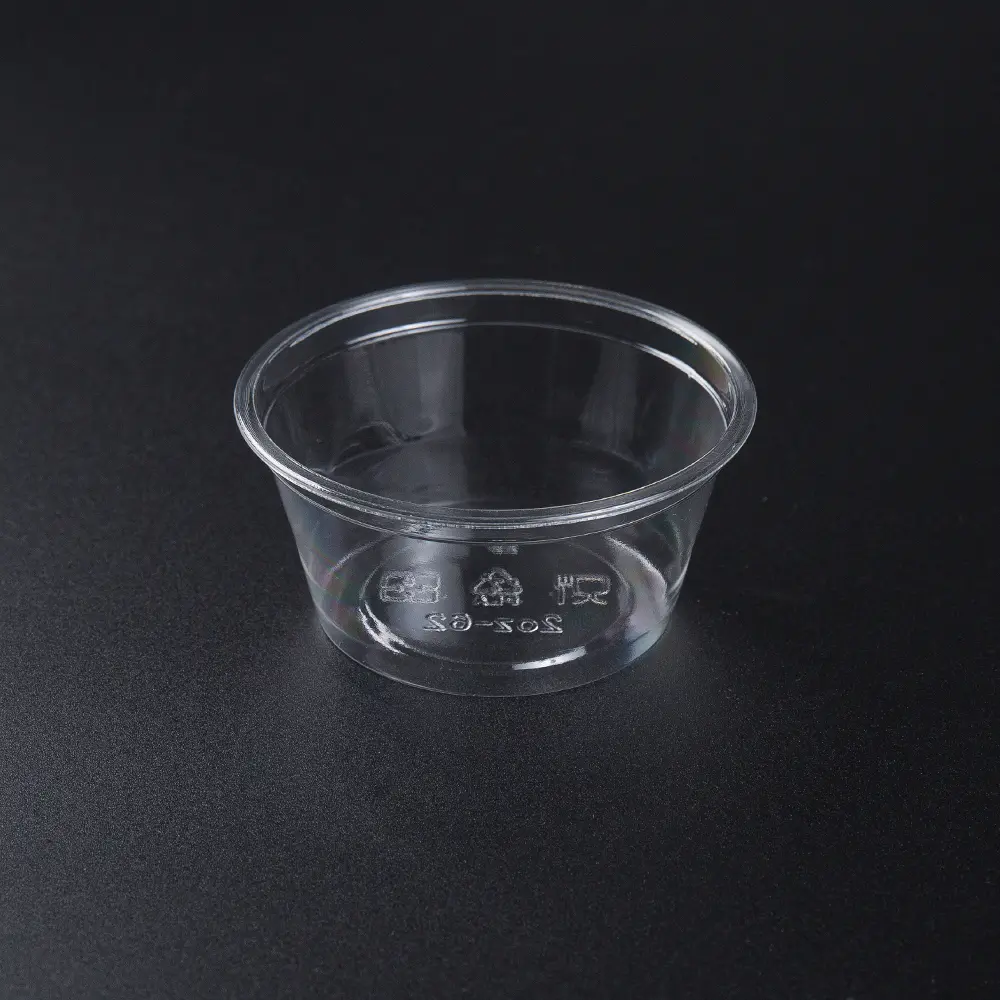Compostable sauce cups are designed to biodegrade into organic matter under specific conditions. These cups are typically made from biodegradable materials such as sugarcane, cornstarch, or PLA (polylactic acid), which is derived from renewable resources. The key features of compostable sauce cups include:
Composting Process: Compostable materials, including those used in sauce cups, are intended to break down into organic matter through the composting process. This process involves the decomposition of organic materials by microorganisms in the presence of oxygen.
Industrial Composting: Compostable sauce cups are ideally processed in industrial composting facilities. These facilities provide controlled conditions, including the right balance of temperature, moisture, and aeration, to facilitate the efficient breakdown of compostable materials.
Timeframe: The biodegradation timeframe can vary based on the specific materials used in the compostable cups and the conditions of the composting environment. In industrial composting facilities, compostable materials typically break down within a few weeks to a few months.
Organic Matter and Nutrient-Rich Compost: As compostable sauce cups biodegrade, they transform into organic matter, contributing to the production of nutrient-rich compost. This compost can be used to enrich soil and support plant growth.
It's important to note that for optimal biodegradation, compostable materials require specific conditions that may not be present in standard home composting systems or traditional landfills. Industrial composting facilities provide the necessary conditions for efficient breakdown, and therefore, compostable items, including sauce cups, are recommended to be processed in such facilities.
If compostable sauce cups end up in a landfill, where conditions for rapid biodegradation are limited, they may not break down as quickly, and the benefits of compostability may not be fully realized.
